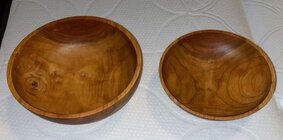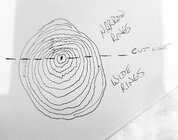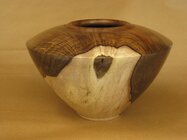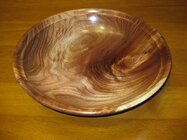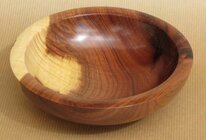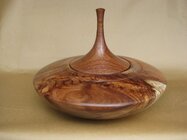When I turn a bowl with the tenon on the bark side of a blank, getting the H grain pattern centered is a bit of hit and miss for me. When cutting blanks I try to get the pith equal distance from the edges. I turn between centers so that I can adjust it if needed.
Below are two pics. One a hit, one a big miss. Obviously, I’m missing something. Usually my misses are small but still noticeable.
Any hints appreciated.
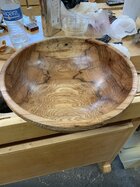
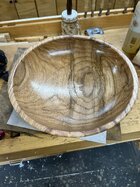
Below are two pics. One a hit, one a big miss. Obviously, I’m missing something. Usually my misses are small but still noticeable.
Any hints appreciated.



